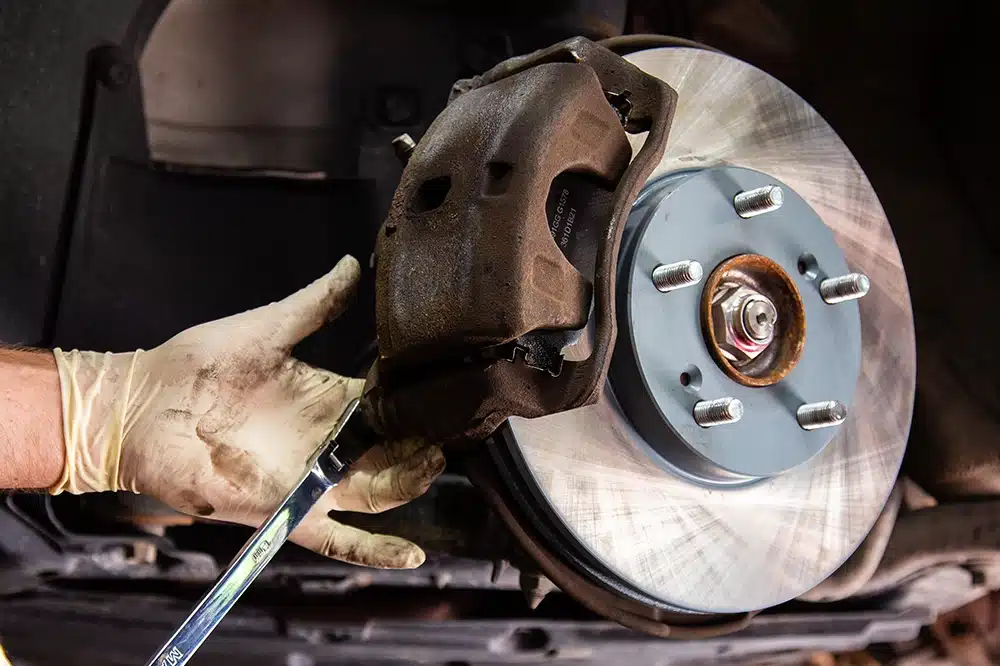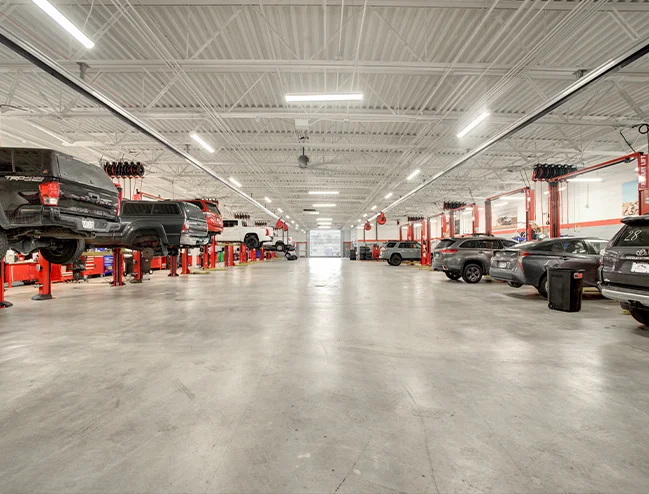When your brakes start squealing, the first question is always “Where should I take my car?” The choice often comes down to two primary options: the authorized dealership for your vehicle’s brand, or an independent, specialized brake shop. Both options have distinct advantages and disadvantages when it comes to service, cost, and expertise.
Here is a balanced breakdown to help you decide which is better for your car and your wallet.
1. The Dealership Experience: Precision and Assurance
Taking your vehicle to the original manufacturer’s dealership provides the highest level of brand-specific knowledge and assurance, but it comes at a premium.
Pros (The Assurance)
| Feature | Detail |
| Expertise | Technicians are factory-trained on your specific make and model. |
| Parts | Always use OEM (Original Equipment Manufacturer) parts, ensuring an exact fit and performance match. |
| Warranty | Essential for work covered under warranty and often required to maintain the validity of your existing warranty. |
| Amenities | Often provide complimentary loaner cars, comfortable waiting areas, and shuttle service. |
Cons (The Premium)
| Feature | Detail |
| Cost | Labor rates are significantly higher than independent shops. |
| Time | Appointments often need to be booked further in advance, and the repair may take longer. |
| Parts Flexibility | Limited to OEM parts; no option for potentially less expensive or specialized aftermarket components. |
2. The Independent Brake Shop: Value and Focus
Independent auto repair shops, particularly those that specialize in brake systems, offer focused expertise and often a better value proposition for routine maintenance.
Pros (The Value)
| Feature | Detail |
| Cost | Labor rates are consistently lower than dealerships. |
| Specialization | Technicians are highly focused on brake systems across multiple makes and models. |
| Parts Flexibility | Can offer high-quality Aftermarket parts, which can be less expensive or even superior to OEM, giving you more choices. |
| Speed | Often quicker turnaround times for standard brake jobs. |
Cons (The Trade-offs)
| Feature | Detail |
| Expertise Depth | May lack the diagnostic tools or deep, brand-specific knowledge required for highly complex electronic systems (e.g., hybrid regenerative braking). |
| Warranty Risk | Using non-OEM parts could potentially void parts of your manufacturer’s warranty (though this is rare for routine parts). |
| Amenities | Fewer perks like loaner vehicles or extensive waiting areas. |
3. The Verdict: Which Choice is Best for You?
The “better” option depends entirely on your vehicle’s age, its warranty status, and your priorities.
| Your Situation | Recommended Choice | Rationale |
| New Car (Under Warranty) | Dealership | To maintain warranty validity and ensure brand-specific expertise for complex systems. |
| Complex Diagnostic | Dealership | If the problem involves complex electronics, sensors, or ADAS (Advanced Driver-Assistance Systems). |
| Standard Service (Out of Warranty) | Independent Brake Shop | For routine pad and rotor replacements, offering the best combination of specialization and cost. |
| Budget-Conscious | Independent Brake Shop | Significantly lower labor rates and the flexibility to choose quality, cost-effective aftermarket parts. |
| Classic/Specialty Car | Independent Brake Shop | Independent shops often have more experience sourcing specialized or modified components. |
Conclusion: Safety First
Ultimately, the choice between brake shops vs. dealerships comes down to balancing cost with specialized knowledge. For new, complex, and warrantied vehicles, the dealership provides peace of mind. For older vehicles and routine maintenance, an independent brake specialist often provides the best value.
Regardless of your choice, the most critical step is ensuring the repair facility is reputable. Always check reviews, ask about the warranty on the parts and labor, and ensure they are using high-quality components. When it comes to your brakes, safety should always be the priority over the lowest price.



